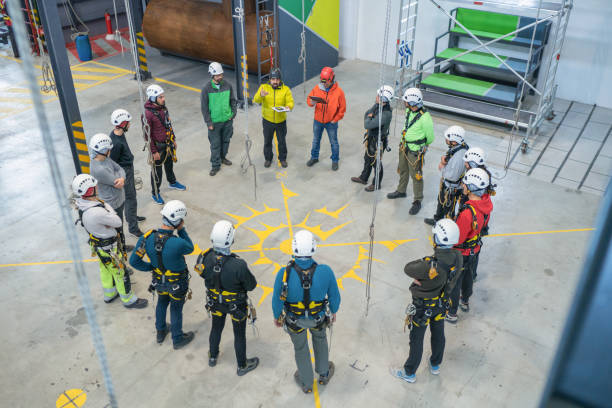How Effective Mobile Crane Operator Safety Training Reduces Risk in Construction Zones
In construction zones, mobile cranes are essential tools used for lifting and moving heavy materials, yet they present significant risks if not operated properly. Effective mobile crane operator safety training is crucial in reducing accidents, injuries, and even fatalities on construction sites. Such training equips operators with the necessary knowledge and skills to operate cranes safely, comply with regulations, and maintain a safe work environment. The importance of crane safety training is underscored by the complexity of construction zones, where many workers, heavy equipment, and hazardous conditions coexist. One of the main benefits of mobile crane operator safety training is the prevention of accidents caused by human error. Crane operation requires precision and attention to detail, as even minor miscalculations can lead to serious consequences. Through comprehensive training, operators learn to assess and mitigate risks before using cranes. They are trained to inspect cranes, identify potential hazards, and understand load charts, which detail the crane’s lifting capacity under various conditions. This knowledge enables operators to make informed decisions, preventing overloading and equipment failure, two common causes of crane-related accidents.

Additionally, mobile crane operator safety training emphasizes the importance of communication and coordination on construction sites. Crane operations often involve multiple personnel, including riggers, signalers, and ground workers. Miscommunication between these individuals can lead to accidents, such as dropped loads or collisions with structures or other machinery. Training teaches operators how to effectively communicate with the ground crew and follow standard signaling procedures. This ensures that everyone involved is aware of the crane’s movements, reducing the risk of accidents due to confusion or lack of coordination. Another critical aspect of crane operator safety training is understanding and adhering to legal and regulatory requirements. Construction is a highly regulated industry, with safety standards enforced by organizations like the Occupational Safety and Health Administration OSHA in the U.S. or similar agencies globally. These regulations are designed to protect workers and ensure safe crane operations. Safety training familiarizes operators with these laws, helping them comply with guidelines regarding crane inspection, maintenance, and operation. Compliance reduces legal risks for both the operators and their employers, as failure to meet safety standards can result in costly fines or work stoppages.
Moreover, safety training also focuses on site-specific risk assessments. Each construction site presents unique challenges, such as uneven terrain, proximity to power lines, or adverse weather conditions. A trained crane operator can identify these risks and take appropriate actions, such as relocating the crane or adjusting lifting strategies to accommodate site conditions. This adaptability minimizes the chances of accidents caused by environmental factors. In conclusion, mobile crane operator safety training is a crucial component in reducing risk in construction zones and views the page https://natl-safety.com/mobile-crane-operator-safety-training/. It helps prevent accidents by teaching operators to operate cranes safely, communicate effectively, and comply with safety regulations. Training also enables operators to adapt to the specific conditions of each construction site, further enhancing safety. By investing in comprehensive safety training programs, construction companies can significantly reduce the risk of crane-related accidents, protecting both their workers and their projects from the consequences of unsafe crane operations.